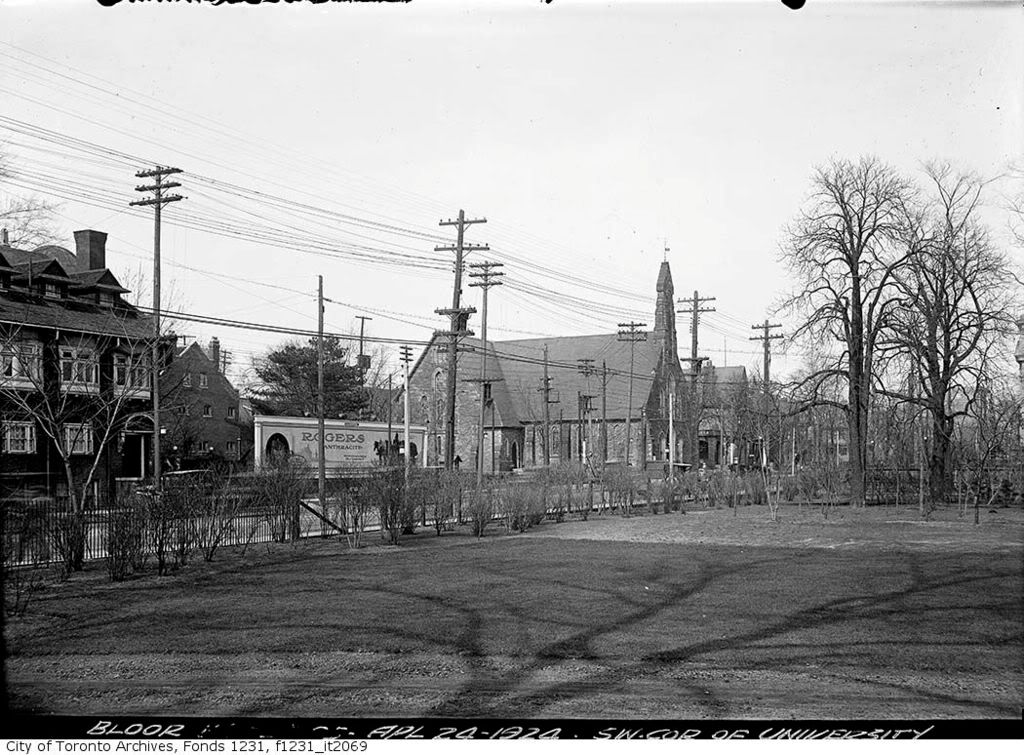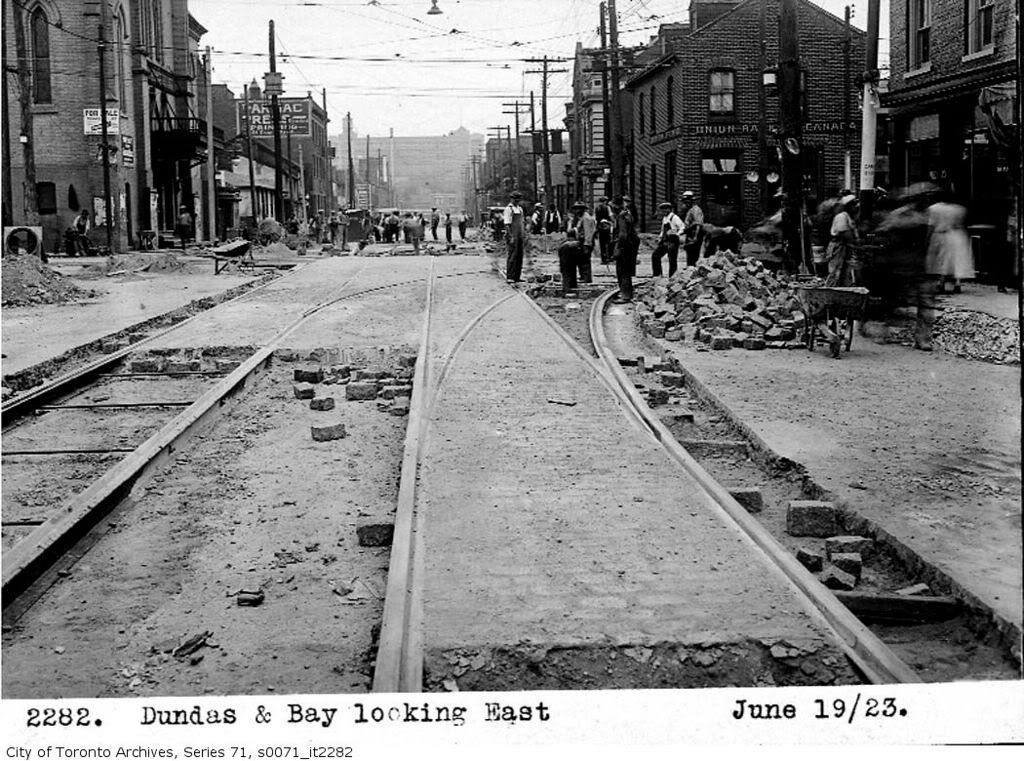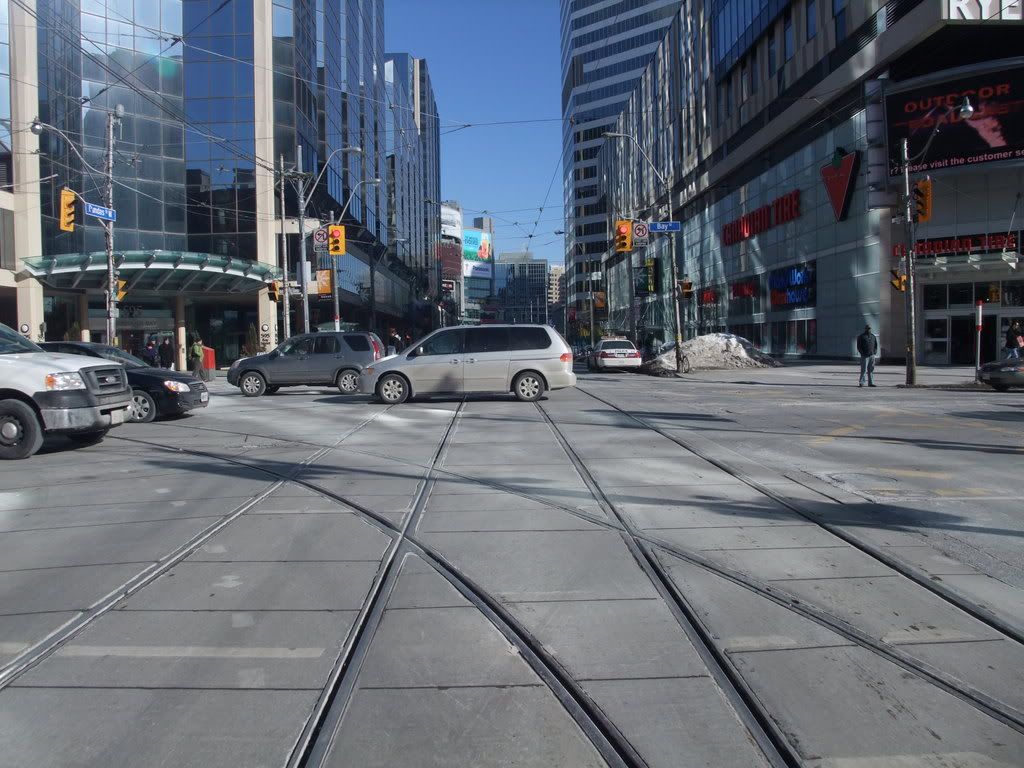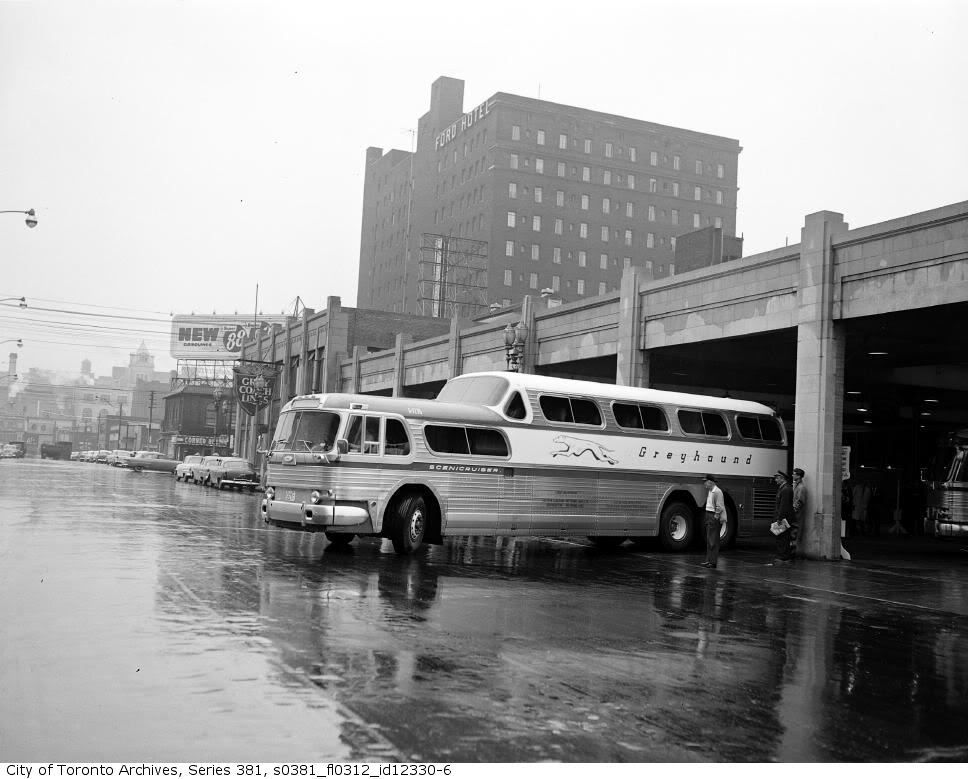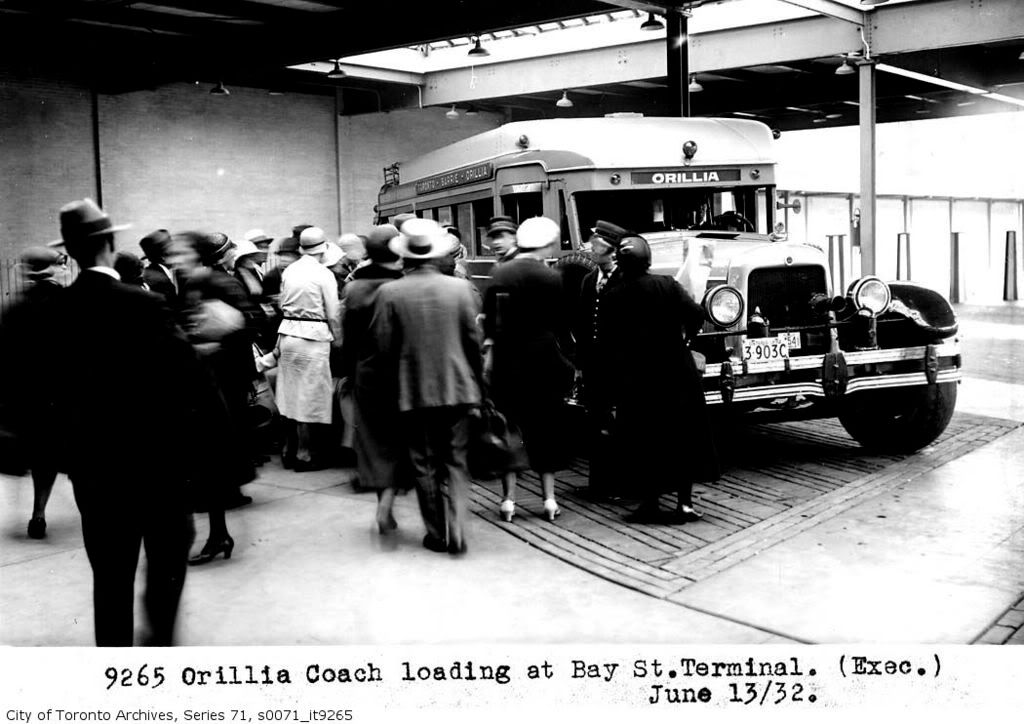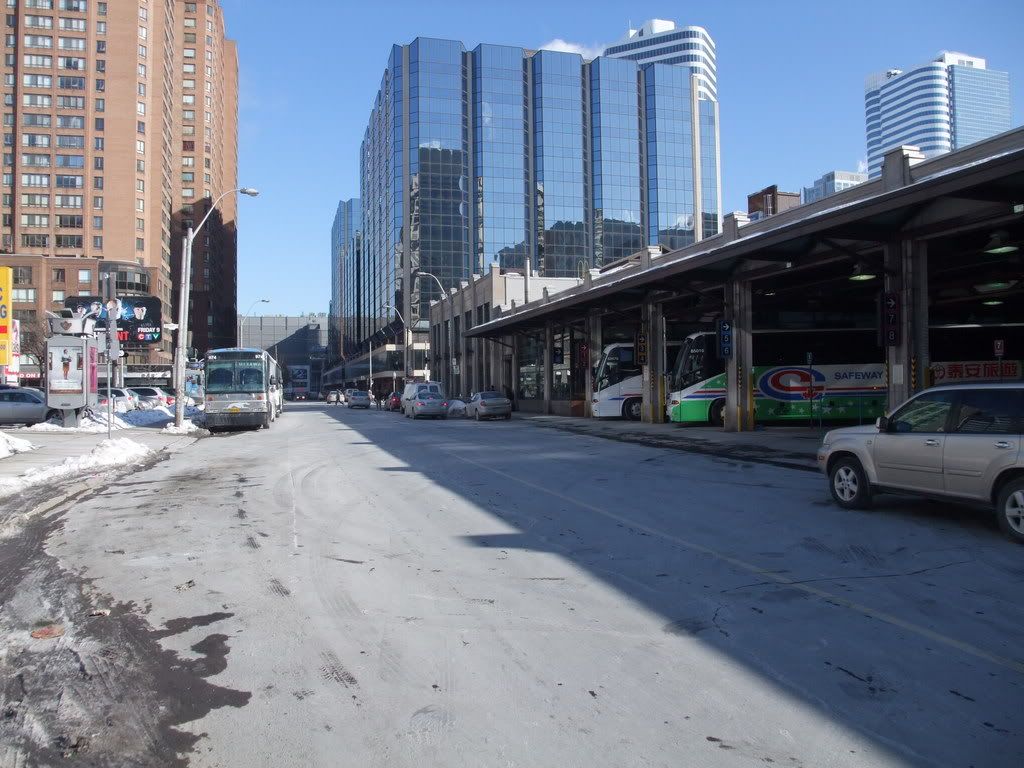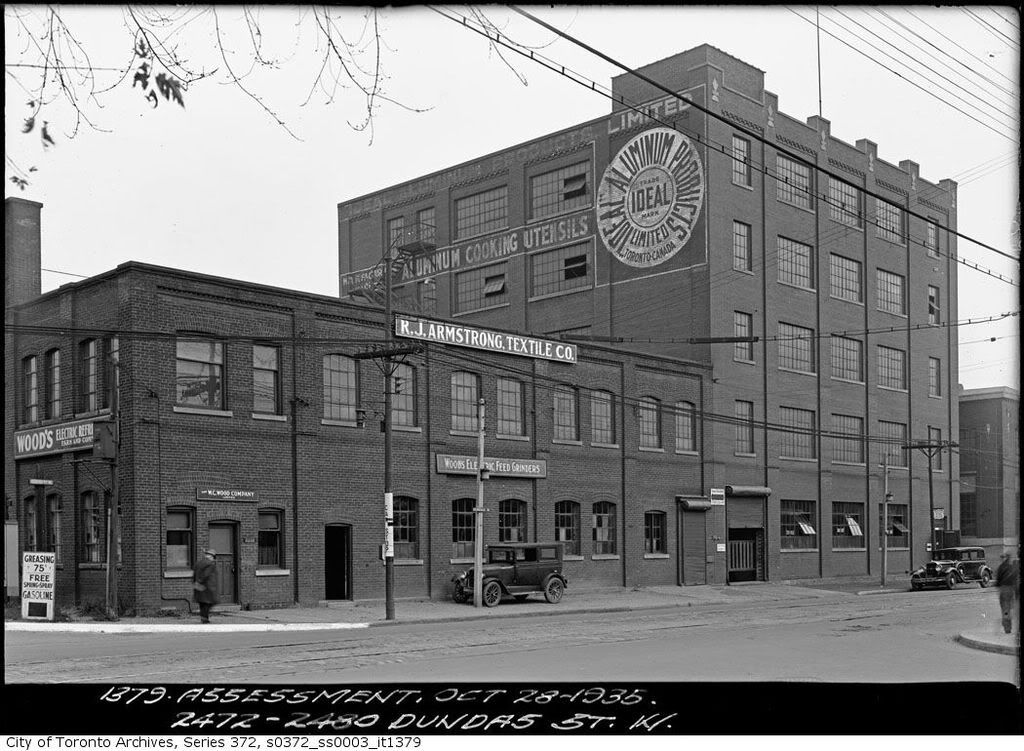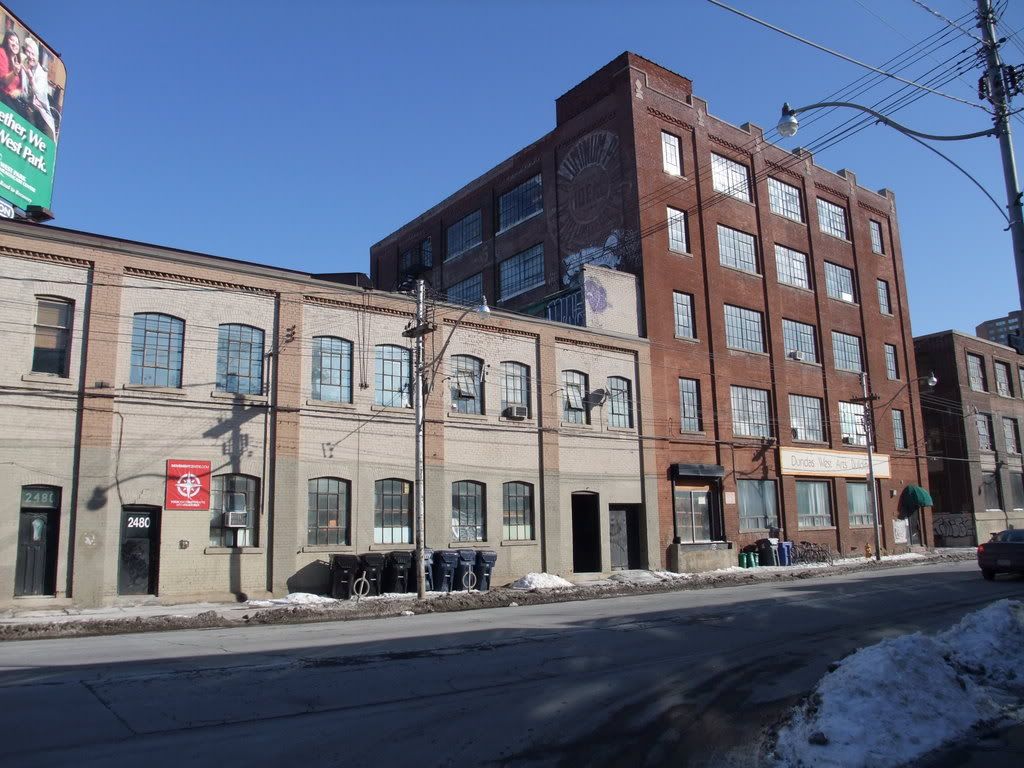Why shouldn't we be allowed to pass judgment on decades-old "urban renewal"? We're the ones who have to live with the consequences.
If our forebearers lacked the imagination to preserve or readapt a beautifully designed and constructed building, then why not call them on it? We can see with our own eyes what they replaced it with -- a subdivision that was destined to age poorly.
(1) How has said subdivision "aged poorly"? At worst, it's "anonymous"--but in general, I don't think of streets of 10s/20s bungalows in terms of "aging poorly" at all. The worst "sin", I suppose, is that the streets don't look terribly impressive from Gerrard--but why
should they be so-called "impressive"? In the first quarter of the c20, Palmerston-type subdivision planning "with pretensions" was the
exception, not the rule.
(2) "Beautifully designed and constructed buildings" like the old TGH were a dime a dozen and taken for granted circa 1920--or to go even further, it would *not* have been considered, at the time, either "beautifully designed" (i.e. eclectic Victoriana was thoroughly out of fashion) or "beautifully constructed" (compared to the state-of-the-art facilities TGH moved to). It would have been considered obsolete and dispensable. Thanks to changing fashion and the rise of the preservation movement, only once we got to the 60s or so would such a demolition been seen as regrettable (cf. the House of Providence, razed for the Richmond/Adelaide on/off-ramps in 1962). But, 40-50 years earlier, it was perfectly excusable, even forgivable--at most, a fuss would have been raised had the premises been half a century older, neo-classical, and associated with a name like "Baldwin" or "Howard".
So, sure, you can pass judgment; but given the circumstances, you're still making a mountain out of a molehill...
